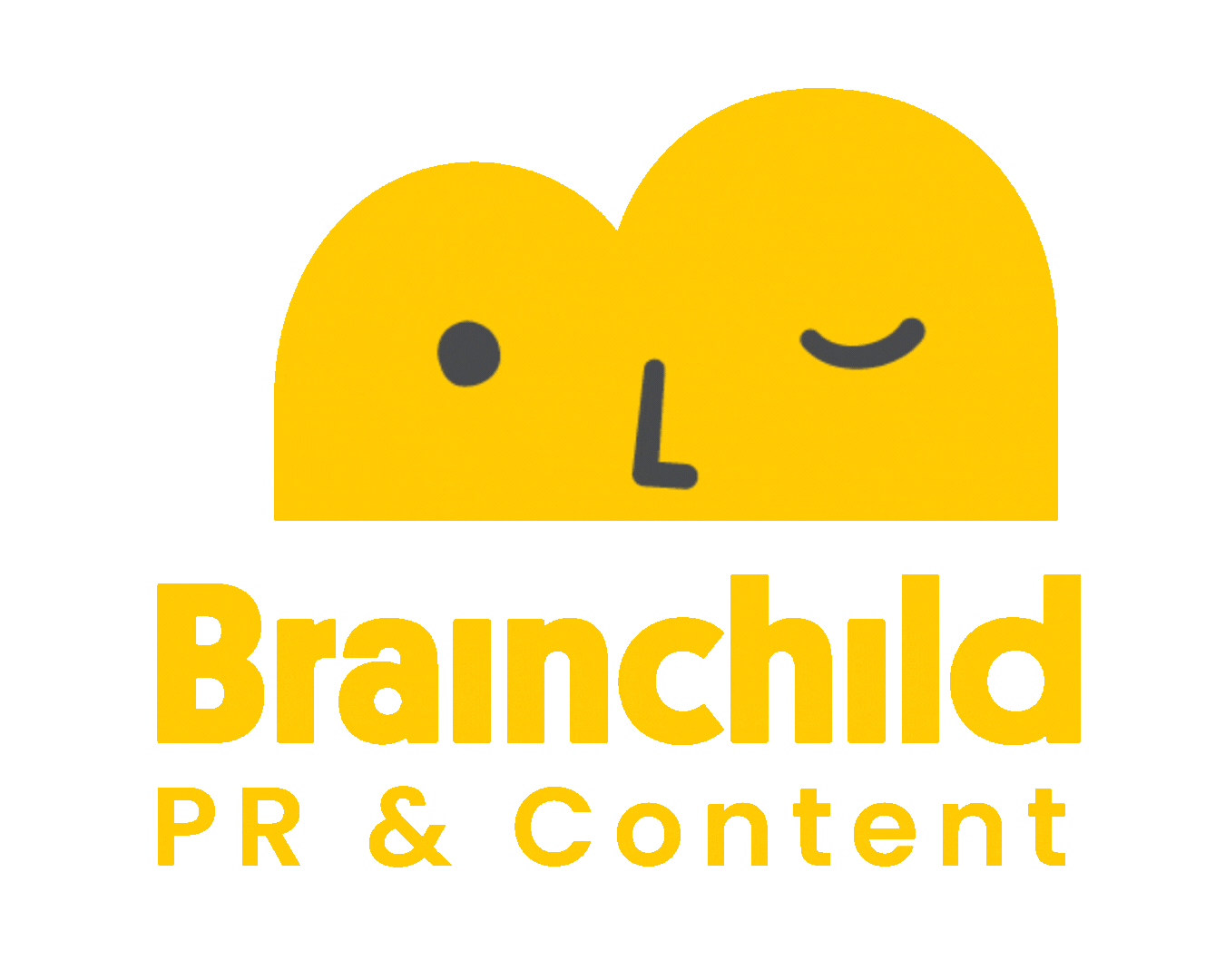How do I make my brand more discoverable (by AI and humans)?
- Angela March
- Oct 10
- 4 min read
Updated: Oct 11

Four ways to stop shouting into the void and start being found.
You’ve got your social strategy in place. You post regularly, send newsletters, leverage paid ads, maybe you even have a podcast with more than two diehard listeners.
So why does your brand still feel invisible? And why isn’t your reputation where it should be?
We see this a lot. Brands doing all the things but accidentally making themselves invisible.
No, this isn’t another blog telling you to post three times a day, “hack the algorithm,” or pump out 17 AI-generated blogs before breakfast (where is the gag emoji?).
Here’s the advice we are giving our clients right now.
1. Stop ignoring the power of earned media
We all know the analogy: PR is when you walk into a bar and someone says, “See them over there? They’re great in bed.” Advertising is when you walk in and say it yourself.
One builds credibility. The other (apart from sounding unhinged) doesn’t.
Earned media works the same way. Getting your brand talked about on podcasts, in the news, or via industry publications gives you the digital equivalent of a trusted endorsement that says, “These guys are legit.”
PR professionals have known the power of this for years. But it turns out it’s not just humans who care. AI systems do too.
Research from Hard Numbers shows that when large language models form opinions about brands, they rely on editorial and news media sources more than 60 % of the time, which is far more than social media or brand-owned content (Hard Numbers, 2024).
If you’re not generating credible media coverage, you’re not just missing out on building your reputation among humans but making it harder for AI to find you. Earned media matters more than ever right now.
Identify opportunities to get your brand referenced, quoted or featured. Or get in touch with us. Not to toot our own horn, but we’re experts at this - we’ve even won awards and landed earned media coverage about it 😉.
2. Repeat after us, ‘my website is not a brochure’
Your website is a living thing that needs feeding. If I visit a company’s site and the last blog post is from 2018, I’m wondering if they quietly folded during lockdown. AI thinks the same.
Search engines and AI prioritise fresh, updated, query-relevant content.If your site looks dormant, you’ll slowly disappear from the radar of both human readers and machine indexes.
Keep it alive:
Refresh content regularly
Update stats and references
Add context (“Here’s what’s changed since we last wrote this”)
Republish with new insights rather than creating fluff
Post articles and blogs (but good ones, please. Say no to AI slop)
3. How can you make your content answer the right questions?
Answer Engine Optimisation (AEO) might sound like jargon, but it’s simple: structure your content so it actually answers the questions people (and AI) are asking.
That means including FAQs on your website, clear headings written as questions, and concise answers that get to the point. If your content can’t answer quickly, AI won’t cite it. You’ll remain invisible, and your audience won’t read it.
Our favourite content hacks right now? Using tools like Answer The Public or scanning Reddit to identify real queries. Writing blog headers starting with ‘how, why’ or ‘what’ (where we can, without sounding robotic).
If you’re not answering questions, you’re invisible in an internet built around them.
4. Ditch the fake bold on social media channels
Even the best content is worthless if it can’t be read (yeah, we know, duh).
We’re seeing a lot of people using “bold” or “italic” formatting on social to grab attention, but those fancy fonts are actually Unicode characters dressed up to look like bold text. And they can quietly wreck your visibility.
Here’s why:
• A screen reader won’t recognise that the word is Brainchild. It might say “mathematical bold capital B” or skip it altogether.
• LinkedIn search won’t match “𝑩𝒓𝒂𝒊𝒏𝒄𝒉𝒊𝒍𝒅” to Brainchild. So you’ve basically made yourself invisible if anyone is searching for you (or for a specific topic).
• Google (and your favourite AI) won’t find your carefully written piece of LinkedIn leadership.
• And privacy is definitely a concern. Many “make my text bold” sites are run on questionable servers and possibly even add tracking scripts to your content.
Check out this example here of a screenreader completely skipping Unicode, formatted words in a LinkedIn post.
Some newer screen readers handle these fancy letters better than they used to. But even when they do, it still hurts your findability, SEO, and overall readability.
AI and search engines don’t care about your fancy fonts. They index structure, clarity, and semantics. And we’d be remiss not to mention that good old-fashioned SEO matters too. AIs also find information via search engines like Google.
Accessibility is discoverability.
A final note on making your brand more discoverable
Beyond all the above, having a solid strategy matters too. Knowing your key messages, the topics you need to own, and showing up consistently makes a huge difference. It’s digital PR 101.
If this week I’m championing feather dusters and the health benefits of dusting, but next week I’m selling candy, neither humans nor AI will have a clue who I am, what I do, or why I’m an expert.
Extreme example? Sure. But that’s what inconsistency feels like to your audience. Confusing, forgettable, and a little bit off.




Comments